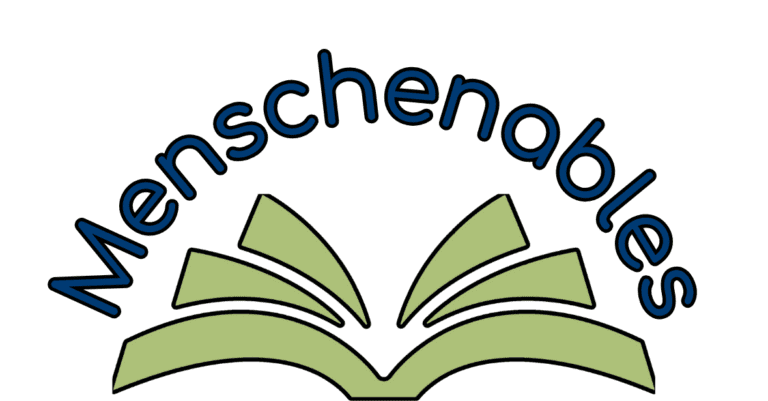Enhancing Learning Through Flexible Grouping: Advantages in the Classroom
In today’s dynamic educational landscape, the traditional one-size-fits-all approach to teaching is being increasingly challenged. Educators are exploring innovative strategies to cater to diverse learning needs and maximize student engagement. One such method gaining traction is flexible grouping. This approach to organizing students into varied groups for different learning activities offers numerous advantages that can significantly enhance the educational experience. Let’s delve into 4 types of flexible grouping in the classroom:
Jigsaw Groups
How it Works:
- Group your students into four equal “Expert Groups” (e.g., Group A, Group B, etc.). These groups should be strategically organized in heterogeneous groups regarding student ability. Each group will cover a unique topic or task to accomplish. For example, you could divide a reading selection from a social studies or science textbook into four equal parts. The students in these groups are responsible for becoming “Experts” in their topic of study.
- You will also need to consider how to organize the “Numbered Groups” (e.g., Group 1, Group 2… etc.). Like the “Expert Groups,” these groups should be varied heterogeneously.
- After the “Experts” have gathered to learn their assigned topics in-depth, they can be dispersed into numbered groups, each containing one “Expert.” During this time, the “Experts” will present to the other group members.
NOTE: The number of “Expert Groups” and “Numbered Groups” is flexible depending on the topic the class is studying and the number of students in your class. I have used the strategy successfully with a class of 36 students (4 Expert Groups and 9 Numbered Groups).
Benefits:
♥ Less Overwhelming: The students can focus on one aspect of a topic, allowing for a greater understanding of a concept.
♥ Student Accountability: The students understand that they will be responsible for presenting this information to another group of students.
♥ Responsive to Student Learning: As you observe these groups in action, you will quickly see who is and is not “getting it.” If students struggle to present the information in their “Numbered Groups,” you can always have the “Expert Groups” reconvene.
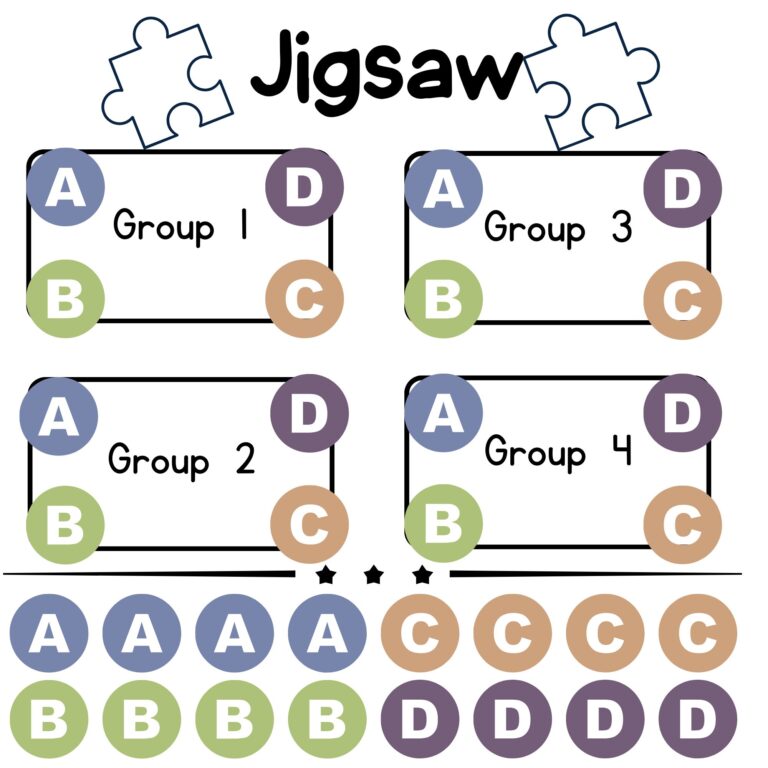
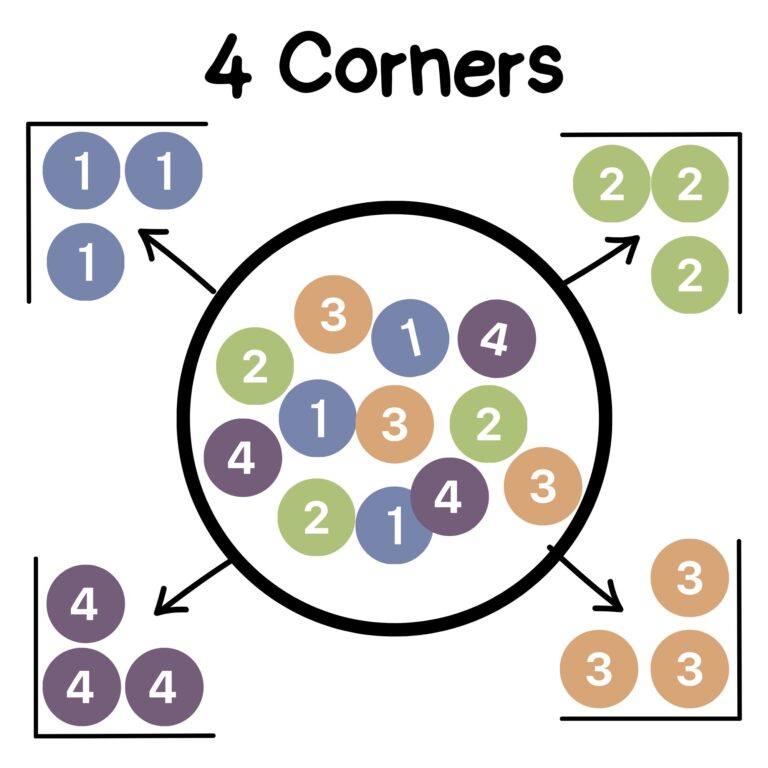
Four Corners
How it Works:
- Choose four aspects of a topic that your class is currently focusing on. For example, you can present a controversial statement or a question related to your subject of study.
- Assign each of the following responses to a corner of your room: “Strongly Agree,” “Agree,” “Disagree,” and “Strongly Disagree” related to the statement. You can also assign four possible answer choices to a question in each corner. Post these on chart paper in four different areas of your classroom. The opinions/answers can also be shown on the overhead in multiple-choice format, while each corner of the room is labeled as A, B, C, or D.
- Present the topic and the four related aspects to the group and give the students some “think time.”
- Students can then choose a corner to discuss the topic.
- Representatives from each corner can share what their respective groups discussed.
Benefits:
♥ Student Choice: Students LOVE when they are allowed to choose. They feel more empowered and respected and thus take far more ownership over the assignment’s outcome.
♥ Various Perspectives: The students are exposed to many different viewpoints in their corner, which can lead to a great discussion.
♥ Easily Prepared: This activity requires very little preparation on the teacher’s part. The teacher needs to think of four (+/-) areas that he/she would like the students to discuss and then send them on their way.
♥ Easy Implementation: This activity can take as little as five minutes and requires no advanced set-up (e.g., chairs set up, group formations, etc.), so teachers can use it instantaneously and then quickly return to the lesson.
The Fish Bowl
How it Works:
- Divide your class in half. One half will form the center circle, facing inward. The other half of the class will also form the outer circle, facing inward.
- The students in the inner circle will discuss a predetermined topic.
- The outside circle will listen to the discussion and note interesting, new, or contradictory information. At this point, they are not allowed to say a word.
- The inner and outer circles can then switch positions and repeat the steps above.
Benefits:
♥ Eases Discussion Management: Since only half the class discusses at a time, it is much easier to manage than a whole-class discussion.
♥ Promotes Active Listening: Half the students are explicitly given the job of listening to the inner circle. They understand that their turn to talk will come, which is more likely to free their attention from trying to get a turn to share and focus it on attentive listening.
♥ Great for Debate: I love this arrangement for classroom debates. The physical position of students makes it very clear when it’s time to listen and when it’s time to talk. You can switch through the roles several times during the debate, and students have more incentive to listen when they are in the outer circle to counter the points made from the inner circle appropriately.
♥ Peer Evaluation and Modeling: This model presents a valuable opportunity for students to evaluate their peers. Successful student presenters also serve as wonderful models to other students who are not as skilled in class.
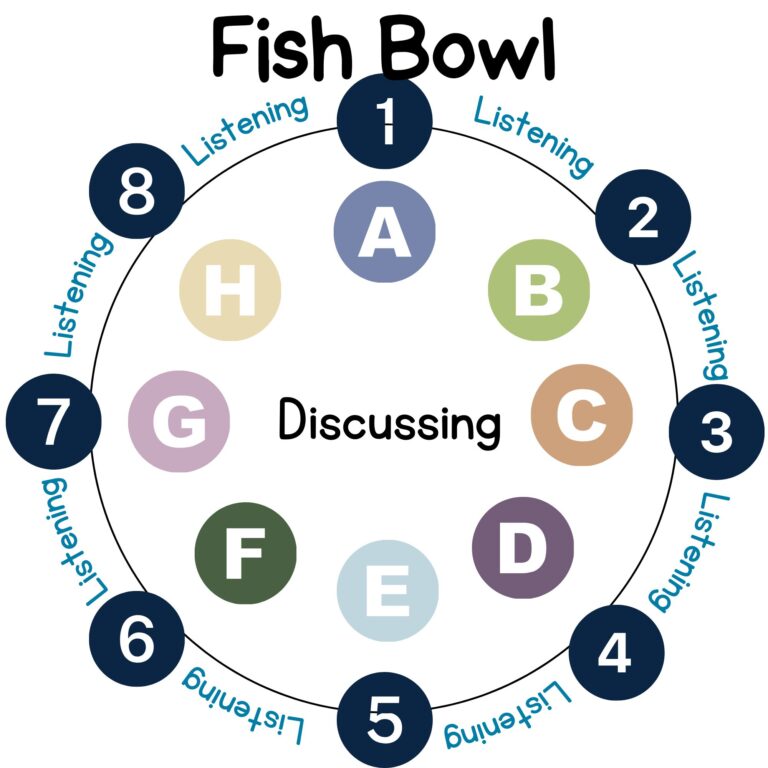
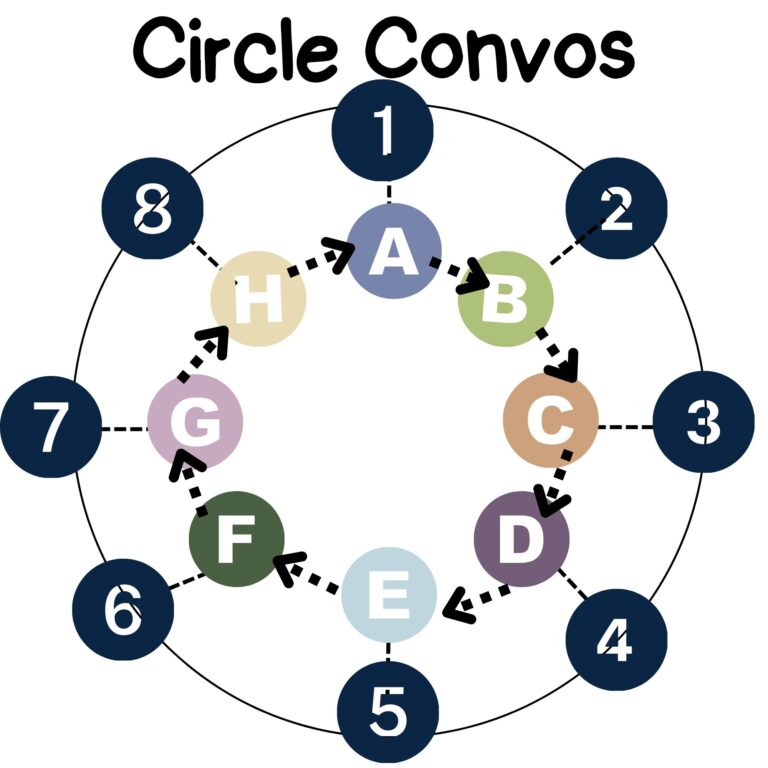
Circle Convos
How it Works:
- Divide your class in half. One half will create an inner circle; the other half will make up the outer circle.
- Students in the outer circle can ask a question of the students in the inner circle. The students can self-select these questions, or you can make your own question(s).
- After a set time, the teacher signals, and the inner circle rotates and pairs up with a new student.
- Once the group has completed a full rotation, the inside and outside circle trade positions and repeat the above steps.
Benefits:
♥ Listening and Speaking Practice: This activity allows students to practice active speaking and listening skills.
♥ Active Engagement: Students are constantly moving and/or switching roles. This variety keeps students engaged and on task.
♥ Safe/Comfortable: Talking one-on-one with each other is far less intimidating than talking to a small group or the whole class. This is a great activity for helping build confidence in students who are reserved or afraid to speak in front of others (ELLs).
♥ Ownership: One option for this activity is to have students create their questions (which they LOVE doing). They take this task seriously and become entirely invested in the process.
Flexible grouping is a strategic approach to promote inclusive and effective learning environments. By recognizing and accommodating the diverse needs of students, educators can create a classroom where every learner can thrive. From differentiated instruction to enhanced collaboration and personalized learning paths, the advantages of flexible grouping are clear. As we refine our educational practices, embracing flexible grouping can empower educators to nurture the holistic development of each student, preparing them for future success in an increasingly interconnected world.
